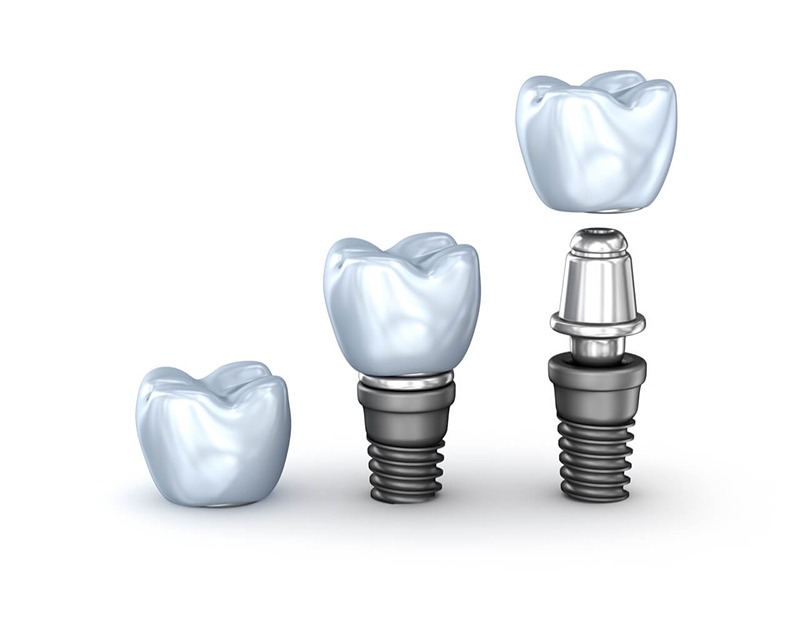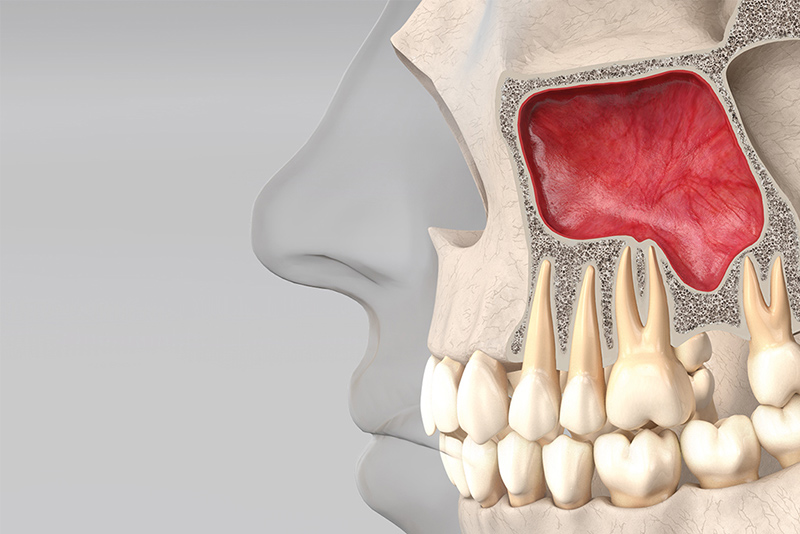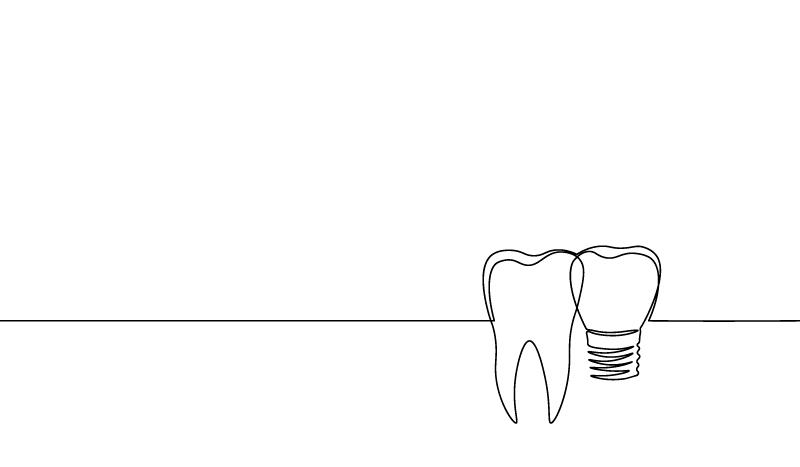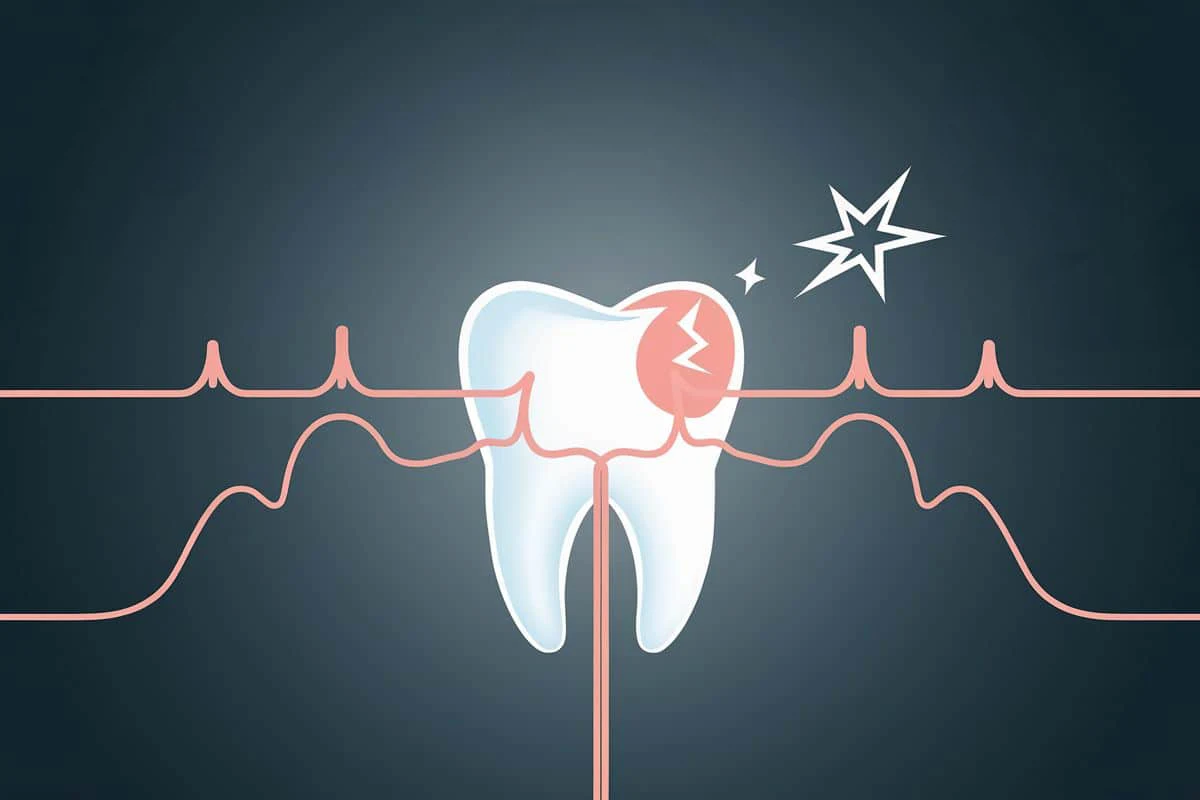To avoid using highly invasive techniques such as bone grafts, which carry surgical risks, the placement of short implants is now preferred.
Advantages of short implants

Short implants have been used for nearly 30 years and measure only 5 to 8 mm in length. Their primary application is in the posterior area, whether in the mandible (lower jaw) or the maxilla (upper jaw), and in situations where there is too little jawbone to securely and stably place significantly longer traditional dental implants.
Recent studies have shown that short dental implants achieve the same success rates as longer traditional implants.

Minimally invasive treatments with short implants
When replacing their teeth with implants, patients desire optimal functional and aesthetic restoration. However, they fear complex surgical procedures. The treatment solution with short implants is minimally invasive. It provides a safe and reliable long-term restoration through sophisticated methods that preserve bones and tissues as much as possible and avoid significant surgical interventions.
Avoiding bone reconstruction
In principle, to place dental implants, there must be enough jawbone to securely and safely anchor the artificial dental roots, typically made of titanium.
However, particularly in elderly patients, the bone is often too thin or the available bone quantity is insufficient. Long years of edentulism or prolonged use of dentures have led to progressive bone resorption. The atrophy of the bone ridge is often particularly pronounced in the lower jaw.
In such cases, the bone must be reconstructed before placing an implant. For this bone reconstruction, sometimes significant surgical measures are necessary, depending on the extent of bone loss. In cases of pronounced bone loss, bone material is even taken from the iliac crest or fibula, or the mandibular nerve is moved. In the upper jaw, the sinus floor is lifted to create enough space for the implants. The dentist performs what is called a sinus lift here.
To avoid surgical bone reconstruction, short dental implants offer an excellent alternative to longer traditional implants. Thanks to their short lengths, they can be placed without bone reconstruction, even in cases of thin bone and challenging conditions.
Gentle procedure and quick healing
Lower drilling speeds when using short implants protect against overheating of the bone tissue, and the reduced drilling depth preserves the roots of neighboring teeth. As less bone volume is needed, anatomical structures such as the maxillary sinus in the upper jaw and the nerve in the lower jaw are preserved.
The innovative surfaces of the materials used for short implants ensure a very good stable connection and quick healing in the jawbone. Indeed, recent studies have shown that the stability of an implant does not primarily depend on the length of the thread but on its diameter and its ability to heal in the bone.
The healing time for short implants is about 3 months in the lower jaw and about 6 months in the upper jaw.
Cost of a dental implant in Geneva
Dental implant (on estimate) from CHF 2,500.-
You have the option to spread out your payments.
Other benefits of short dental implants
By avoiding surgical bone reconstruction measures, the risk of potential complications associated with them, such as infections, maxillary sinus lesions, or nerve damage in the lower jaw, is also eliminated.
Additionally, there is no need for complex and costly preliminary diagnostics, treatment durations are significantly shorter, and thus treatment costs are lower.


